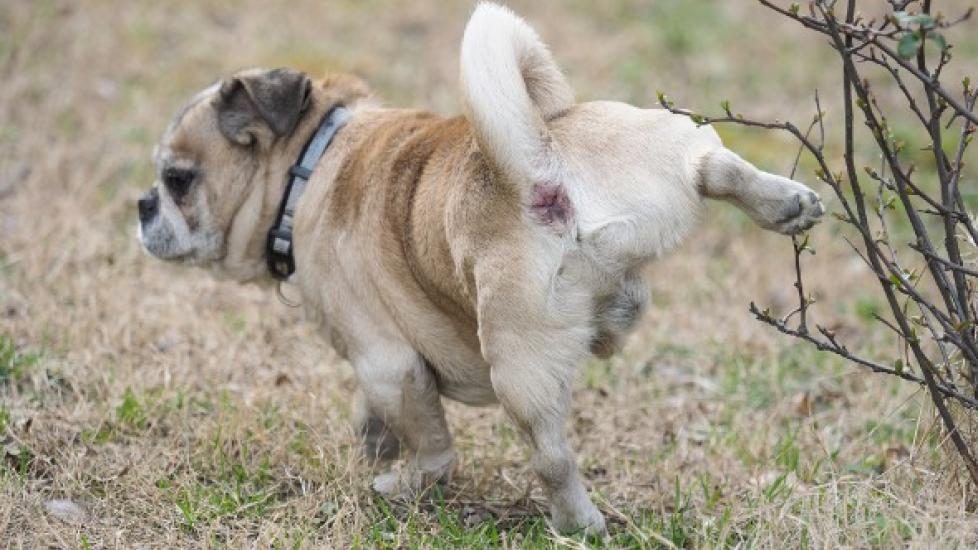Urinary Tract / Kidney Stones (Calcium Phosphate) in Dogs
Calcium Phosphate Urolithiasis in Dogs
Urolithiasis is a condition in which stones (uroliths) are formed in the urinary tract. There are various types of these stones seen in dogs -- among them, those made from calcium phosphate. Also known as apatite uroliths, calcium phosphate stones are more often found the kidneys than the urinary bladder.
Symptoms and Types
The symptoms may vary depending on the location, size, and number of stones within the urinary tract. In fact, some dogs display no outwardly visible signs of the issue; it is only discovered later during a routine checkup, if at all. The following are some typical symptoms associated with calcium phosphate urolithiasis:
- Increased urination (polyuria)
- Difficulty urinating (e.g., dribbling of urine)
- Pain when urinating
- Blood in urine
Causes
- Excessive calcium in diet
- Excessive use of mineral supplements (e.g., vitamin D)
- Various kidney diseases/infections
Diagnosis
After completing a complete medical history of your animal, your veterinarian will perform a physical exam on the dog, including a blood chemical profile, a complete blood count, a urinalysis, and an electrolyte panel. Although the results of these tests may be normal, there are exceptions. In some dogs, the biochemistry profile may show abnormally high levels of calcium in the blood. In dogs with severe kidney damage or urinary tract blockage, high levels of waste products like urea may be found in the blood.
Biochemical changes related to underlying disease are also helpful in diagnosing the underlying disease or condition. Additionally, microscopic urine examination is useful in identifying the type of stone.
Treatment
As there is no effective medications available for this type of stone, dissolution of the stone is the mainstay of treatment. Surgery may be required to remove the stones from the urinary tract, especially in cases in which other procedures cannot be used.
In some cases, the stones can be pushed back into the bladder if they are causing urethral obstruction. A technique called urohydropropulsion is often used for this purpose. This technique involves using a special urinary catheter inserted into the urethra to push back the stone into the bladder.
There is also a new technique called extracorporeal shock wave lithotripsy, which is minimally invasive. This technique works by producing shockwaves focused on the stone leading to breakage of the stone and subsequent expulsion through urine.
After removal of stone by either technique, your veterinarian will use appropriate radiographic procedures to verify complete removal of stones. Abdominal x-rays or ultrasound are typically utilized at three to five month intervals to enhance early detection of stone formation to prevent repeat surgery.
It is also important that the underlying cause of the stone formation be treated properly to prevent future episodes from occurring.
Living and Management
Typically, your veterinarian will prescribe a new diet plan for your dog. Such plans will help prevent future episodes from occurring. Likewise, it is important that you do not alter your dog's diet drastically without prior consultation with your veterinarian.
Help us make PetMD better
Was this article helpful?
